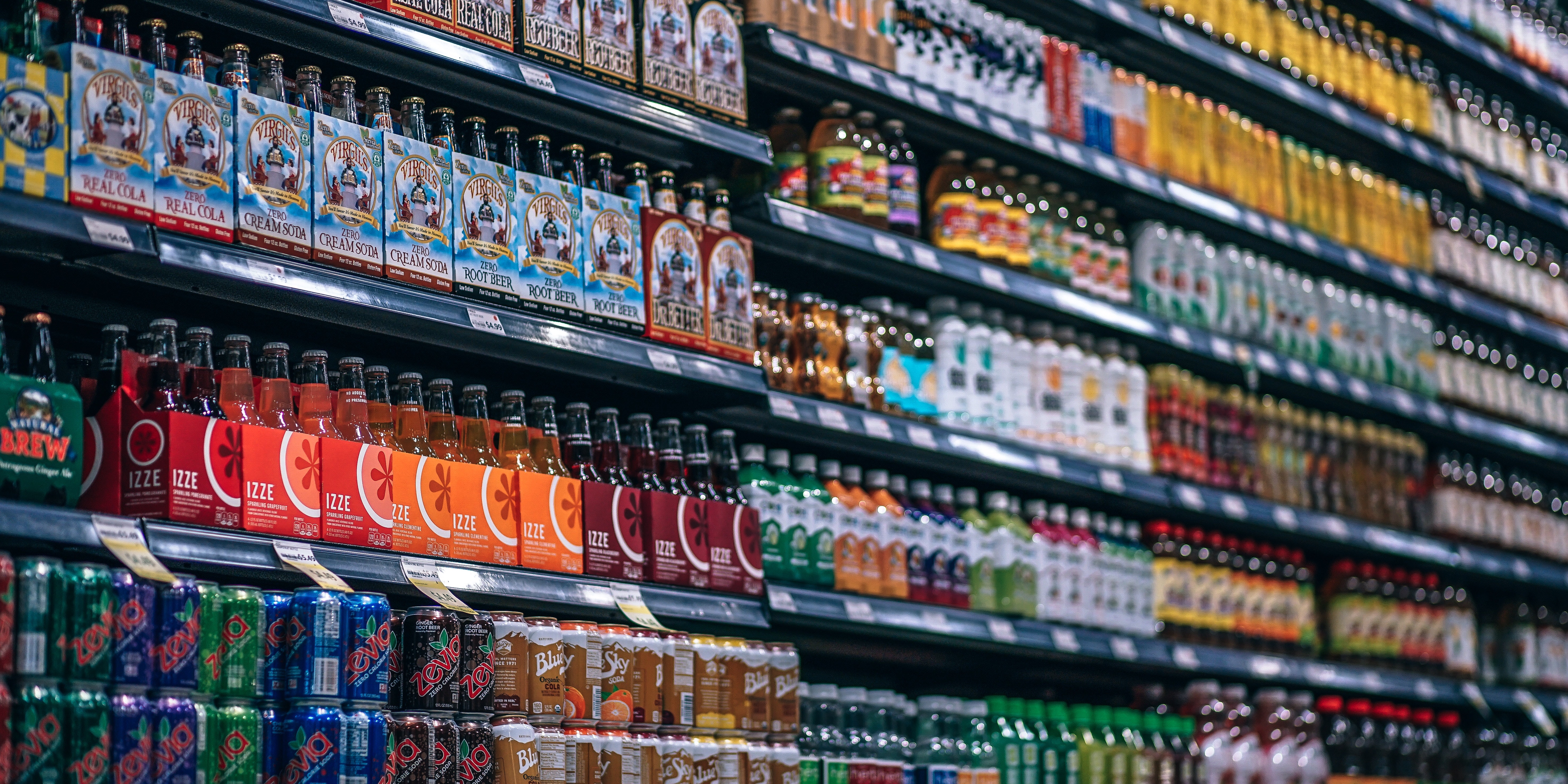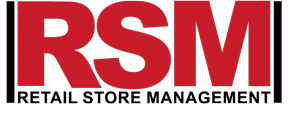
......that Will Increase Your Sales
The longer shoppers stay within your store, the higher their propensity to spend. Your retail store management must address the factors responsible for this effect on your retail store success. They consist of a number of visual effects or cues, known as visual merchandising techniques. Together, they enhance the total customer experience of your store visitors. In today’s highly competitive retail store business environment, your store atmospherics
deserves prime important in attracting, appealing and keeping shoppers longer within your in-store shopping environment. Store atmospheric or store atmosphere consists of all the elements that complement the visual elements of a store’s environment but designed and deployed specifically to appeal to sensory cues of your shoppers. They including lighting, music, color, scent, and taste. Some atmospheric cues work together. For instance, like music, together with scent, evokes emotion and nostalgia.
Lighting
Studies have shown that creative in-store lighting, do positively affect the mood of shoppers and that it enhances the image of a store. To heighten shopper total experience, retail store management should employ appropriate lighting to highlight the attractiveness of the storefront and the in-store environment, by highlighting specific merchandises you have on display. It is known that this can subconsciously create a positive mood in your customers as they shop.
- Highlighting Merchandise on Display
Creative in-store lighting, in combination with an appropriate color rendition of walls, store floor materials, color and cleanliness is known to create a feeling of excitement in a shopper’s mind, which in turn translates to positive consumer behavior. It is important that your in-store lighting creates, or enhances the color rendition of products you display on shelves and on gondolas. By using lighting effects, you can deliberately spotlight the specific features of particular merchandise, and draw the attention of your shoppers to these areas, where you high-value products are on display. Fashion retailers like Nike have perfected the act of using lighting effects and shadows to contrast products on display.
- Creating and Heightening a Positive Mood
The mood of shoppers is likewise affected by the intensity of in-store lighting. Brightly lit stores elicit the emotion associated with energy, positivity, honesty in the perception of your store brand. These factors positively heighten the mood your shoppers, thus increasing the basket size of their purchases. Brighter light creates more engagement between the shopper and the store. An unfavorable paradox is that brightly lit stores encourage shoppers to shop quicker and leave, and this happens at the subconscious level. When shoppers operate at a faster pace, the tendency to buy less is higher than if they shop at a slower pace. Studies have shown that modestly dim illumination slows the pace of shoppers and thus increasing the size and number of items in their shopping cart. Dim lighting is known to subconsciously instill a sense of calmness and of relaxation and so your customers linger longer in your store than they would have done if your store is more brightly lit stores. The challenge facing retail store management is to find a mid-ground through experimentation.
Colour
Retail management must be creative in its choice of colors, as they affect the mood of the shopper. Colors like yellow, red, and gold are known as warm colors. At the subconscious level, they tripper the emotional response of vibrancy, proactivity, quickness of pace, and hotness of the in-store environment. These colors are preferred by fast food restaurants, like KFC, McDonald's, and Wendy as their goal is to encourage visitors to linger less before leaving as higher sales and consumption turnover is ideal for these restaurant store format.
On the other hand, colours like blue, green, and white are cool and are associated with peacefulness, calmness, gentleness, abstract thinking, and slowness in pace, and a desire to linger longer in-store. These are colors preferred by upscale restaurants where food and drink are a lot much pricey. These colors go well with slightly dimly lit environments. Brick-and-mortar stores like Tesco in the UK and Walmart in the US, employ white but soft light and slow music (Tesco) to entice shoppers to stay longer and shop more.
Music
The use of music as an atmospheric cue in brick-and-mortar retail stores is situation-based as it can have the effect of enhancing a shopper’s feel-good nostalgic mood or it irritate and distract a shopper. Through experimentation, retail brick-and-mortar stores can perfect what type of music to use at particular times of the day based on the market segment they serve. For instance, at Abercrombie & Fitch, to create an image of “fresh”, loud club music is employed, as their target customers are youthful. Where the target customer base of a retail brick-and-mortar store are older and are predominantly baby boomers, classic and slow playing music should be deployed.
Retail store management must avoid allowing very young employees to manage and determine the choice of music, as they are much more prone to loud heavy metal, peculiar to their taste. A general rule-of-thumb is to use light, slow music, preferably classic of orchestral composition.
Scent
Next, to sight, the smell is the most sensory cue humans are most susceptible to. Scent or smell evokes emotions and affects the mood of a shopper. For instance, the smell of freshly baked bread, cake or biscuit can tripper impulse buying behavior. The aroma of freshly brewed coffee, also tripper impulse buying of coffee and beverage drinks, chocolates or sweets. Perfume and fragrance stores employ less than moderate doses of scents to evoke the emotion of love, care, and nostalgia and thus triggering the impulse buying behavior they desire.
There are many companies today that compound custom-made scents in canisters for most in-store purchase environments. Also, there are many companies who manufacture portable scent-dispensing equipment. Retail brick-and-mortar stores can purchase this equipment and canisters. And then locate them in strategic in-store areas, depending on what is desired; baby powder in nursing mothers aisles, suntan scent in bathing suit areas, raw leather in shoe-and-bag areas.
Taste
Taste as a sensory cue in the design of store atmospherics is not as straight forward as other sensory cues like light, smell, color, and music. Taste can be perceived more by associative connection with such store atmospherics. For instance, the taste can be triggered by the mental visualization of the aroma of freshly baked bread. The strong aroma of freshly brewed coffee can also trigger a taste for coffee. This can translate to an impulse purchase of coffee, tea, other beverages, and even sweets. Some brand owners of edible products have been known to work with retail store brick-and-mortar store management in handing out free samples of edible products to shoppers. Fast food restaurants like KFC, McDonald's, Wendy, Subway prominently display indoor static or electronic billboards showcasing deliciously prepared dishes of their products and brands. These brands play on the imagination of retail brick-and-mortar shoppers by placing adverts in strategic locations.
Putting It All Together
Store atmospherics is a key component of a much more holistic retail brick-and-mortar visual merchandising retail store management techniques. The elements of light, sound, smell, color and taste are key drivers impacting sales. As a retail brick-and-mortar store owner or manager, you must take note and pay inordinate attention to all these key components within the context of store visual merchandising, store layout and design.



